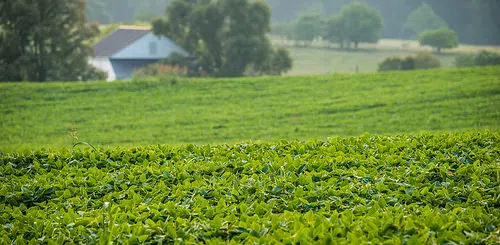The U.S. Department of Agriculture recently adjusted its 2024 farm income projections, predicting a 4% decline rather than the previously anticipated 26%. This change reflects strong performance in sectors like beef, dairy, and eggs, but it masks ongoing challenges for many farmers, particularly in the crop sector. The Federal Reserve’s Beige Book reports that agricultural activity is generally flat or declining, with certain crop prices remaining unprofitably low. Factors such as drought in Texas and damage from Hurricane Helene have compounded these issues. Corn prices have fallen sharply, currently below $4 per bushel, and soybeans have also seen significant price drops.
Despite these difficulties, farmer sentiment has hit a low not seen since March 2016, driven by concerns over commodity prices and trade. While net farm income is expected to decline, some analysts believe that certain commodities may have already reached their lowest prices.
Looking forward to 2025, futures markets suggest more stable prices for corn and soybeans, which could help stabilize net farm incomes. Some farmers have managed to navigate this tough environment by building financial reserves during more prosperous years, positioning themselves to better withstand the current economic pressures.
Photo Credit: The USDA

Comments